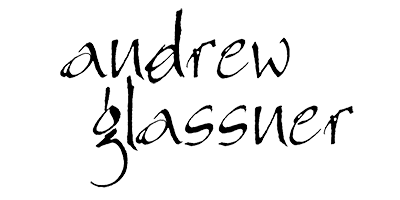Films And Games
⇧Up to Creative
I’ve written and directed a variety of films and games in media from traditional film to online. Here are descriptions of some of my favorite projects.
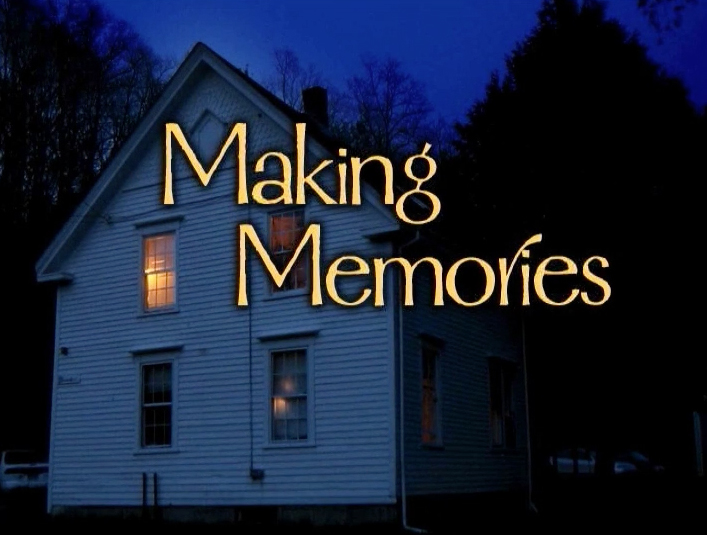
Making Memories
This is a short 16mm movie I wrote and directed in Maine during the Spring of 2003. The film tells the story of David, a guy in his late 20’s who spends an evening recalling some of the most enjoyable and romantic dates of his past. As we learn more about him, we find that not everything is as it seems. The film was a student project, and the production encountered the usual nightmare of last-second catastrophes due to missing actors, unavailable locations, and broken equipment. Luckily, I had a great crew and we managed to film something close to my original script. (2003, 3.5 min)
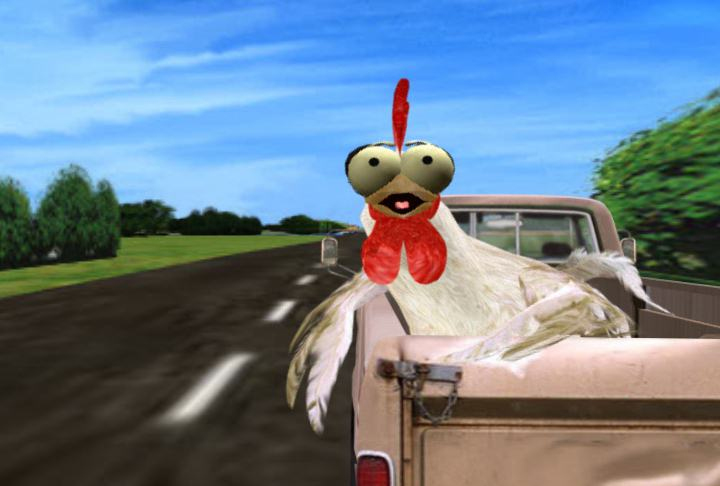
Chicken Crossing
Here we tell the tale of a hapless but optimistic chicken in search of wonderful grain, which just happens to be on the other side of a country road. It’s a funny 3D animated short that’s really just a collection of sight gags, inspired by silent cartoons like The Road Runner. The movie shows off the power of Microsoft’s Talisman rendering architecture for PC graphics. At the time the film was made, nothing but that system could render the massive amount of geometry, animation, and texturing in real time on consumer hardware. I wrote and directed the film, and led a tremendously talented interdisciplinary team of artists, programmers, animators, and effects artists. The film has been shown in international festivals and television programs, including the Electronic Theatre at SIGGRAPH 1996. (1996, 3 min)
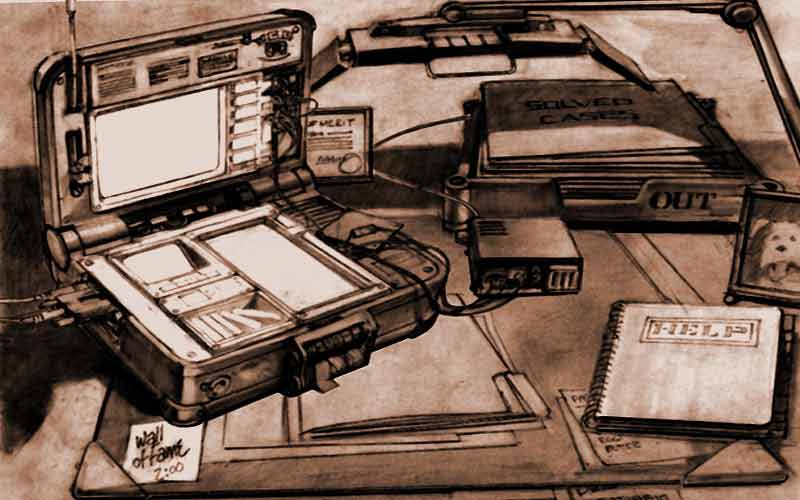
Dead Air
I designed this massively multiplayer murder-mystery game to stretch the bounds of online, participatory gaming and fiction. You are a detective in the Video Crime Unit, an underappreciated but high-tech police agency. Each episode presented you and your fellow detectives with a new murder that was accidentally caught on video. Working together with your friends, you could examine a wide variety of evidence, and participate in online interrogations of persons involved in the crime. These were played by experienced improvisational actors who knew the story of the murder and their own character. The game was built on a wide variety of gaming techniques and underlying technologies that were novel at the time. I was the show’s creator and director, and wrote the script and directed the live-action shoots for our pilot episode. The game was part of the original programming lineup for The Microsoft Network. We were in mid-production of the first episode when Microsoft canceled all their network productions. (1994, episodes 1/2 hr each)
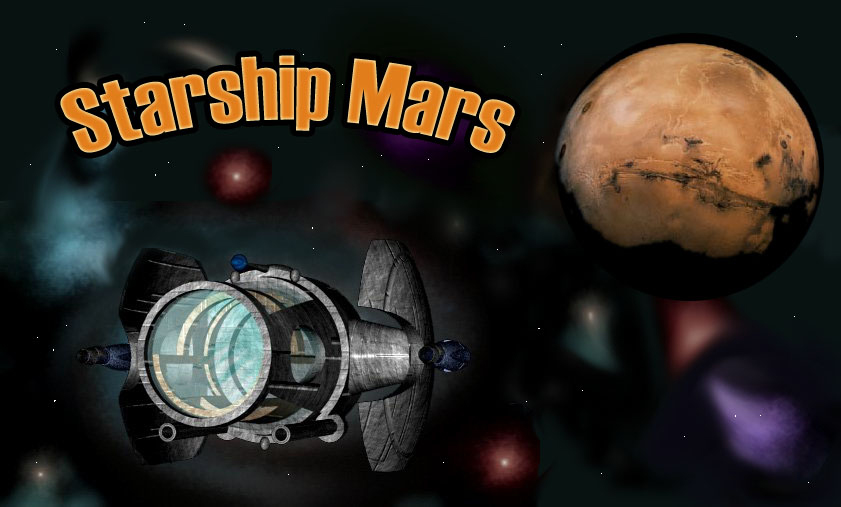
Starship Mars
This game presented a new form of participatory narrative. It was designed for large numbers of player, all cooperating or competing as they wished. At the start of the game, players find themselves aboard a massive, city-sized spaceship bound for Mars. There are no communications coming from Earth, so the ship is isolated in interplanetary space. The ship is experiencing technical problems, and the social structure among the crew and passengers is in disarray. The overall goal is to get to Mars safely, but along the way players have to figure out how to get along, fix the ship, grow and distribute food, and all the other needs of a functioning society. Gameplay was fluid and undirected; we supplied general structures in the environment and the nature of the ship, but what happened on a day-to-day basis was whatever the players chose for themselves. The game was also designed for the now-extinct original programming unit of The Microsoft Network.
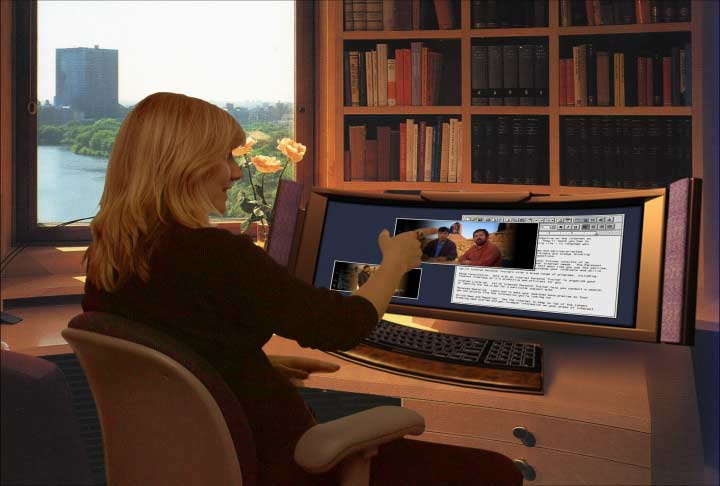
Flow
It would be great if there were fewer boring meetings in the world. In this visionary video, we imagine how much better things would be using Flow, our name for a collection of display, processing, and assisting technologies. Some were already underway at Microsoft Research, and other ideas led to new research projects. Rather than describe the Flow system, we instead show it in action as a team of people tackles a tough problem, and resolves it quickly and efficiently. I wrote and directed the film. Because our budget was tight, we used an interesting style to make the film. We shot a large number of still images of our actors in front of green screens, and interacting with green props. Then we replaced the green with photographs and digitally-rendered objects. After recording and timing the vocal tracks, we timed the stills to match, and then added sound effects and music. The resulting style was unusual and attractive, and it worked great for communicating our ideas. (1994, 6 min)
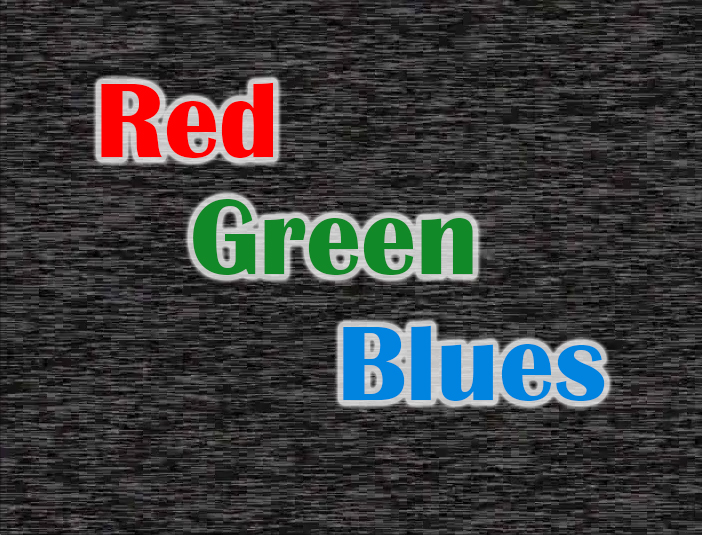
Red Green Blues
A tradition at the annual SIGGRAPH conference on computer graphics is to present a video during the Electronic Theatre that highlights some of the most interesting original research in the technical programs. In 1994 I was asked to produce this piece, which is traditionally a series of video clips with a narrated voice-over describing them. But when I received the several dozen videotapes containing that year’s most outstanding research, I was bedridden with a 102 degree fever. Our deadline was tight. My solution was to write an original song referring to the work on-screen. So I watched the videos over and over while I worked on lyrics, and eventually assembled this jigsaw puzzle into something coherent. I gave the sheet music, lyrics, and edit list to my colleagues at Microsoft Research, and they did a fantastic job of producing the song and cutting the dozens of pieces of video to fit it perfectly. (1994, 2.5min)
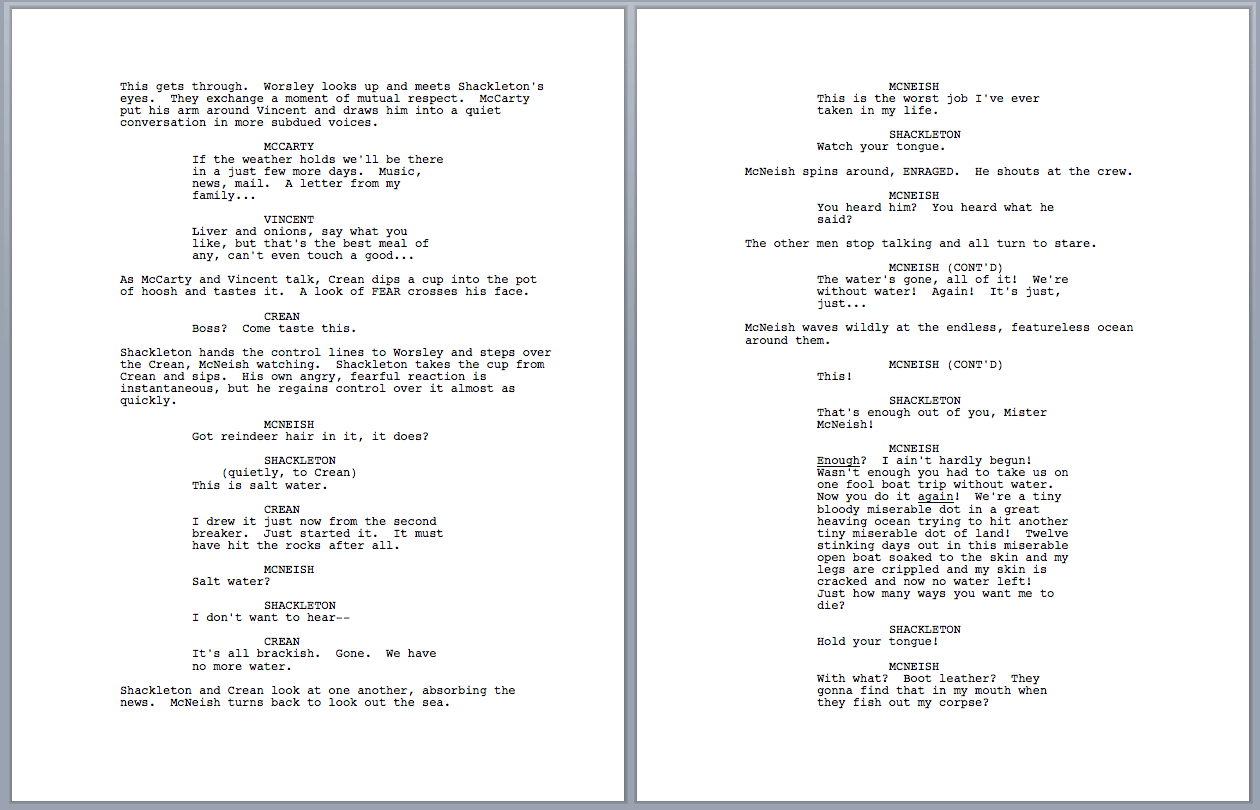
Shackleton
The story of Sir Ernest Shackleton and his crew of the Endurance in 1914 is one of the most amazing true adventure stories I’ve ever encountered. The Endurance was supposed to drop off a small party on the shores of the Antarctic, and then return north. The men left behind would then walk across the Antarctic continent and meet up with another ship on the other side, to be taken home. Unfortunately, things went horribly wrong almost right away. Before it even reached the Antarctic, the Endurance got trapped in pack ice. The ice dragged the ship around for a while, and then crushed it. The men had to abandon the ship, and found themselves alone on ice floes. They had no radio equipment, and nobody would be coming to look for them. The story would very likely have ended right there in disaster and death, except for the remarkable leadership and audacity of Shackleton, the tremendous navigational skills of his ship’s captain, and a few essential strokes of good luck. Through a series of ever-more harrowing adventures, each of which should have killed them, eventually every man of the party survived and was rescued. This unproduced feature screenplay tells the story of “The Boss” and his men as they fought the odds and won.
